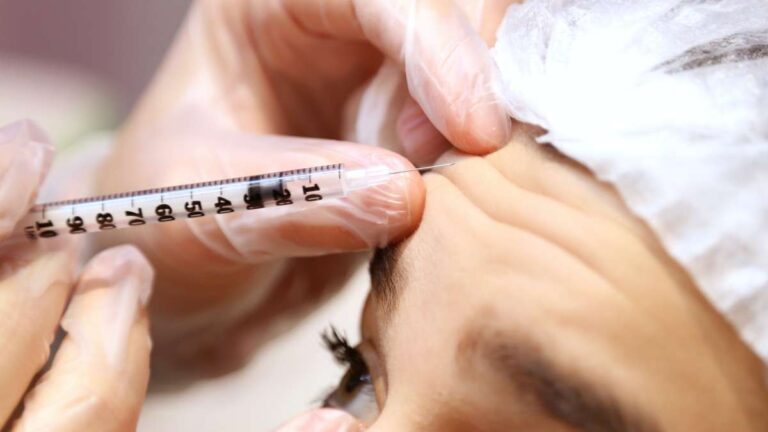Dear Doctors: Several years ago, I started sweating on my forehead. It gradually became more abundant, until my entire head was soaked. My GP diagnosed hyperhidrosis. An antiperspirant he suggested worked, but only for a while. What is the cause of hyperhidrosis? Is there any cure?
Dear Reader: Hyperhidrosis is a disorder in which the sweat glands are overactive. The result is excessive sweating unrelated to exercise, temperature, or any other typical trigger. Commonly affected body parts include the palms of the hands, armpits, soles of the feet, chest, head and face. This latter type of excessive sweating is known as craniofacial hyperhidrosis.
For the majority of people, hyperhidrosis is not a serious health threat. However, it can be uncomfortable and bothersome and can affect quality of life.
Excessive sweating linked to a known cause such as menopause, Parkinson’s disease, low blood sugar or an overactive thyroid gland is known as secondary hyperhidrosis. When it occurs without a clear cause, it is known as primary hyperhidrosis.
The reason this disorder occurs is not fully understood. However, it is thought to be linked to a fault in the functioning of the sympathetic nervous system, which oversees the body’s fight-or-flight response and acts as its thermostat. Genetics can also play a role. It appears that when someone has primary hyperhidrosis, the brain sends signals that activate the sweat glands, even though the conditions that would require the sweat to cool are not present.
When it comes to managing the disorder, the antiperspirant recommended by your doctor is a common first-line approach. So do drugs known as anticholinergics, which interfere with the electrical signals the body uses to activate sweat glands. Beta blockers, which are drugs that mask the physical manifestations of anxiety, are also sometimes prescribed. In some cases, patients opt for an endoscopic surgery called a thoracic sympathectomy, in which certain nerves associated with sweating are cut.
The nervous impulses associated with sweating can also be extinguished with the use of Botox. This is the product name for an injectable protein made from botulism toxin, which is a neurotoxin. Botox injections have become widely used in the management of primary hyperhidrosis when topical treatments have failed. The treatment works by blocking the nerve signals that tell the sweat glands to activate. It takes three to four days for the results of Botox injections for hyperhidrosis to become apparent. Depending on the individual, as well as the area hit, results last up to six months.
According to the International Hyperhidrosis Society, people who receive Botox injections have found that excessive sweating is reduced by more than 85%. Side effects of the treatment may include pain, swelling and bruising at the injection site. Although Botox is widely used for many types of hyperhidrosis, it is currently FDA-approved only for excessive underarm sweating. When used for other areas of the body, it is an off-label use.
With antiperspirant failing to provide relief, your doctor can advise you on whether oral medications, Botox injections, or surgery may be the appropriate next step.
(Send your questions to [email protected]or write: Ask the Doctors, c/o UCLA Health Sciences Media Relations, 10960 Wilshire Blvd., Suite 1955, Los Angeles, CA, 90024. Due to the volume of mail, personal responses cannot be provided.)


